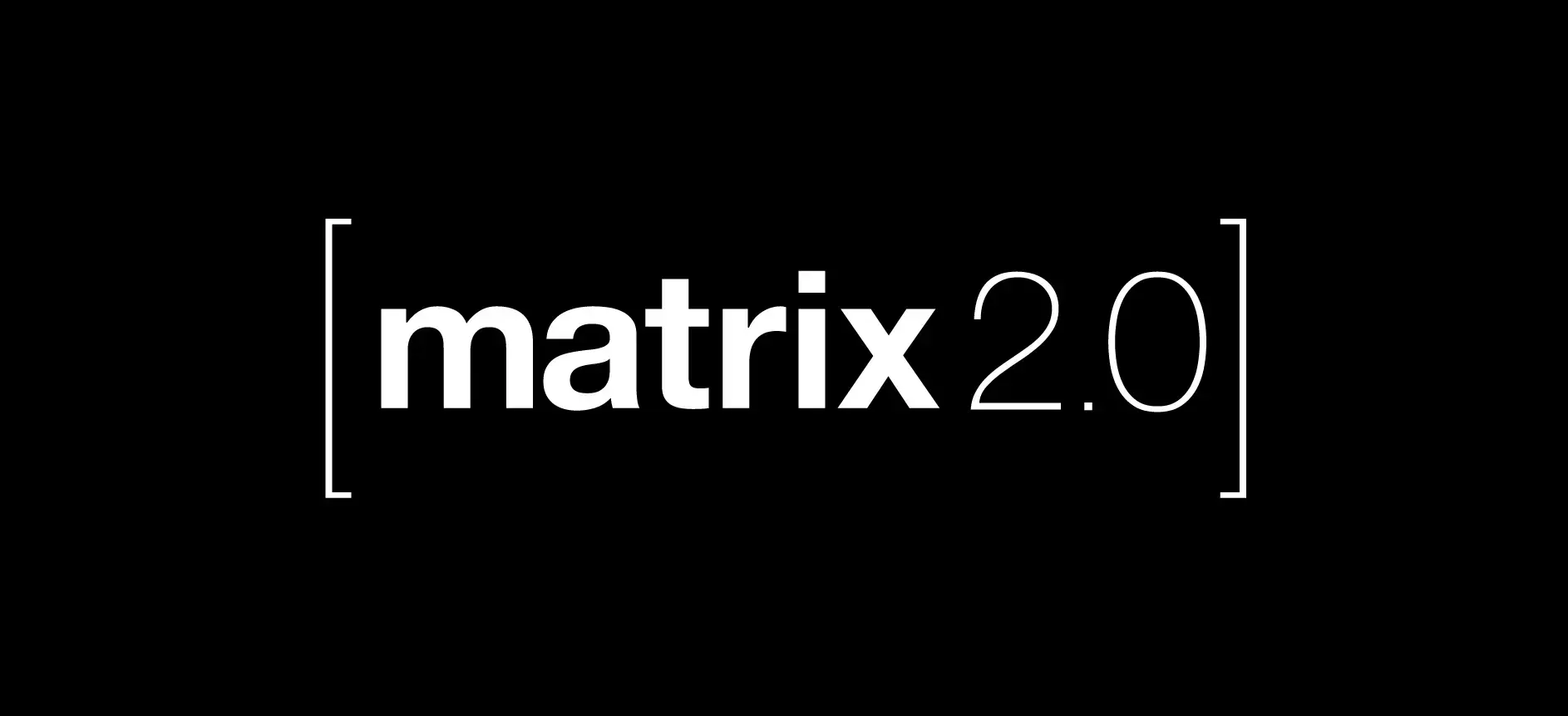- cross-posted to:
- privacy@lemmy.ml
- linux_lugcast
- cross-posted to:
- privacy@lemmy.ml
- linux_lugcast
Highlights include Sliding Sync (instant login/launch/sync), Native OIDC (industry-standard authentication), Native Group VoIP (end-to-end encrypted large-scale voice & video conferencing) and Faster Joins (lazy-loading room state when your server joins a room).



I agree in theory, but in practice my experience with Matrix has been infinitely better than with XMPP:
Matrix may be technically complex, but at least it has managed to keep its ecosystem together. Whenever I’ve faced an issue with my server, all I needed to do was upgrade synapse. The “millions of users” in XMPP are mostly all on their own silos, while I am yet to have an issue where I want to chat with someone on Matrix but couldn’t because their client/server was not compatible with mine.
Yep, I’m absolutely appreciative of the good work put together by the Matrix folks on the client side, element is overall okay (although slow, quirky, unstable, …) because of fighting a misguided and unstable server and protocol.
To answer your points:
https://siskin.im/
I would argue that https://movim.eu/ is at least as good as element web. https://conversejs.org/ does the job to bridge across native clients.
What is there to set up? The experience is very comparable to Signal and al. What did you find painful?
How so? It depends on the client, but on Conversations it’s a matter of clicking on + → “Create private group chat” or “Create public channel”. In gajim it’s + → “Create group chat”
For calls to work, you need to use a stun/turn server (like everything everywhere else, including Matrix, Jitsi Meet, …). If you self-host, and you have a recent ejabberd, it’s configured out of the box and you just have to open server ports.
Another way to put it, is that matrix is technically so complex that only a single party can afford to develop and maintain a working implementation. The documentation is lacking and alternative implementations are incompatible in effect. This isn’t a sustainable situation (that those who define the standard are the ones implementing it) and we have started to see the cascading effects of that with the bitrot of the IRC bridge with libera.chat for instance.
it’s funny because I’ve never experienced that in the XMPP world where the protocol is so stable that you can just S2S/C2S with decades-old servers seamlessly, whereas failing to update synapse for a matter of weeks guarantees compatibility issues. And I’m not even talking about 3rd party implementations like conduit for which incompatibilities is a guarantee.